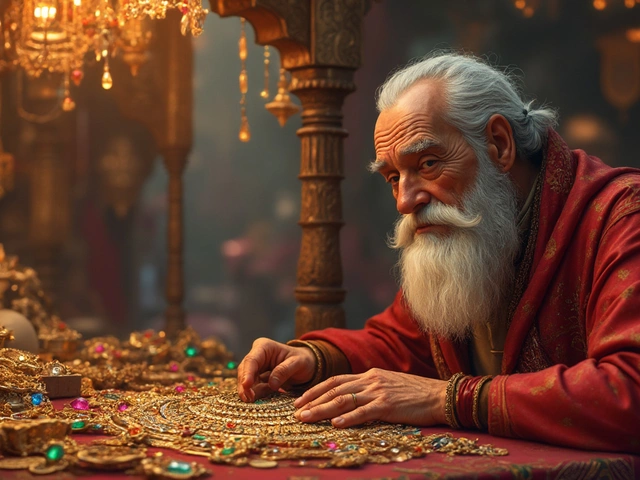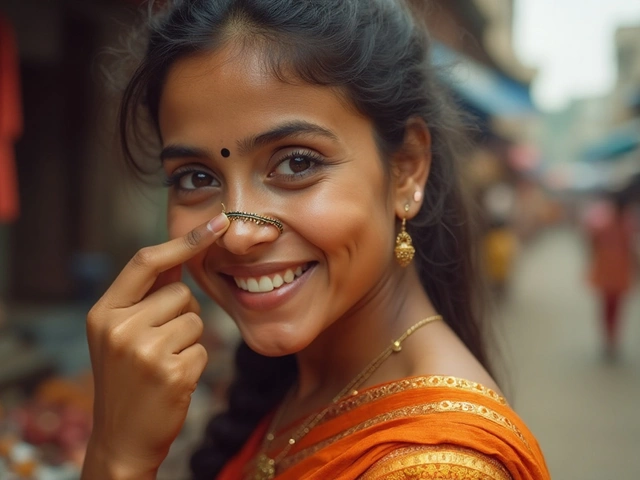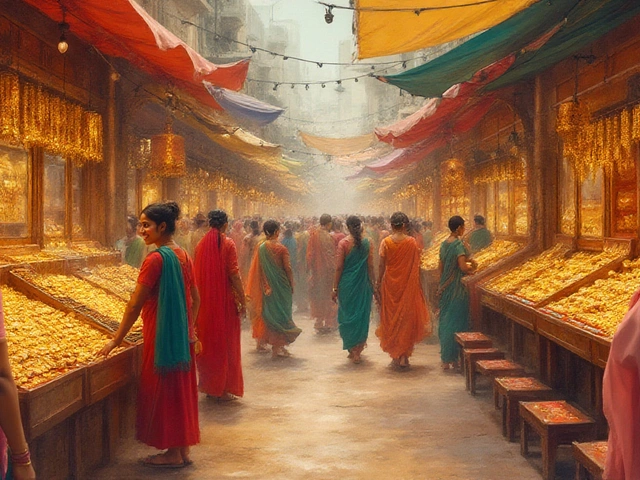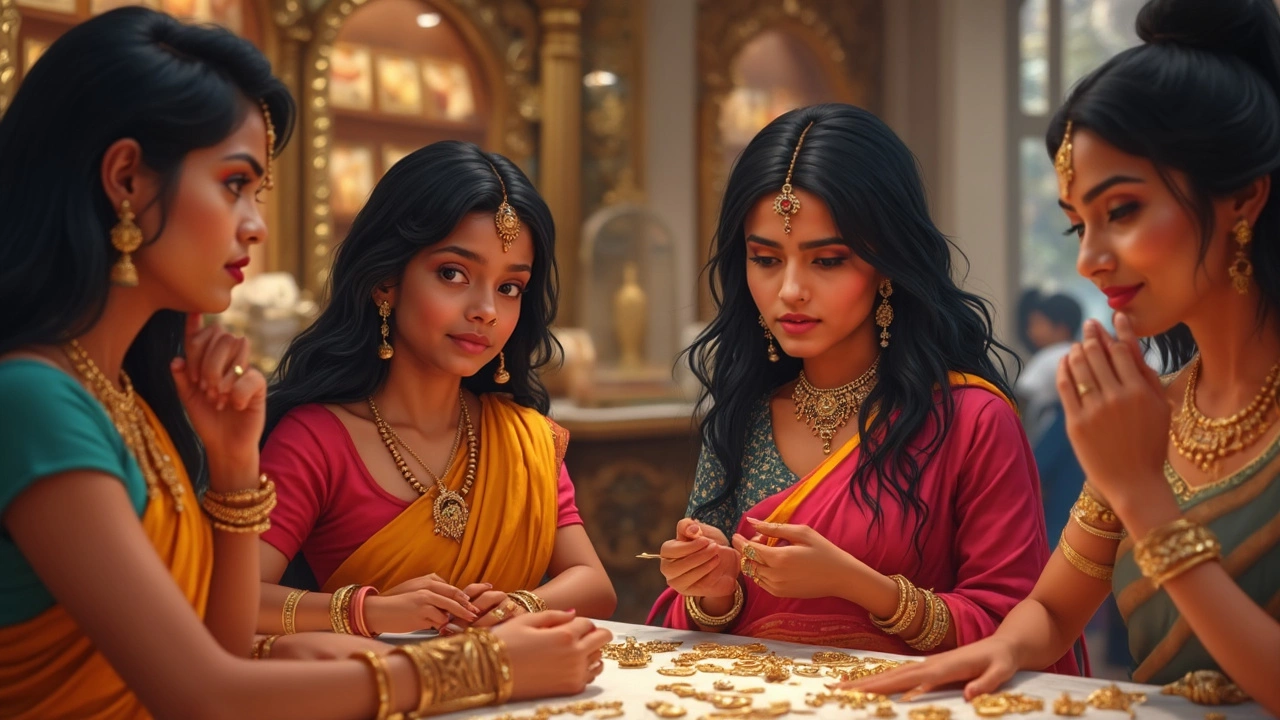
If you’re scratching your head thinking about which mangalsutra to pick, you’re not alone. Shopping for one can feel like navigating a maze—traditions on one side, fashion trends on the other, and a hundred designs screaming for attention. There’s a way to actually make this simple, starting with understanding why a mangalsutra matters, then cutting through all the hype to focus on what fits your life.
Forget about what looks flashy in celebrity weddings or on social media. The best mangalsutra is the one that feels right for you—something you enjoy wearing, whether at work, at home, or out with friends. Don’t get stuck on heavy gold chains or chunky pendants if you know you barely wear necklaces. There are sleeker designs now that don’t compromise on tradition but make daily wear a breeze. Know your comfort, think about what you’ll actually wear, and watch how easy this decision becomes.
- The Meaning Behind Mangalsutras
- Designs That Match Your Style
- Material, Chain Type, and Comfort
- Practical Tips and Shopping Hacks
The Meaning Behind Mangalsutras
The mangalsutra isn’t just a regular piece of jewelry; it’s loaded with meaning that goes way beyond style. In India, it’s seen as the must-have symbol of marriage, similar to a wedding ring in the West. Traditionally, the groom ties the mangalsutra around the bride’s neck during the wedding ceremony. This act isn’t just a ritual; it signals the lifelong bond and commitment between husband and wife.
Each part of the mangalsutra tells a story. The black beads, for example, are meant to keep away evil and protect the couple from negative energy. The gold in the mangalsutra stands for prosperity and good luck in the marriage. Some regions have extra touches too—like diamonds, colored stones, or even coins, depending on local customs.
What’s interesting is that mangalsutra designs can be wildly different from one state to another. For instance, in Maharashtra, you’ll find a design called the ‘vati’ mangalsutra with two bowl-shaped pendants, while in Tamil Nadu, the ‘thali’ is common, often paired with yellow thread and distinct pendants. Check out this breakdown:
| Region | Common Design | Special Feature |
|---|---|---|
| Maharashtra | Vati | Two cup-shaped pendants |
| Tamil Nadu | Thali | Yellow thread, unique pendant shapes |
| Andhra Pradesh | Variations of black and gold beads | Often includes religious symbols |
| Punjab | Black beaded chain with gold pendant | Sleek look, less chunky |
Whether you’re following your family’s tradition or trying out something modern, knowing what your mangalsutra means gives the piece weight. So before you start picking out designs, take a minute to ask your family about your own traditions. It might help you choose a style that feels both meaningful and personal.
And if you’re worried about rules, don’t stress. These days, there’s a lot more freedom—many couples opt for custom designs or even light, minimal mangalsutras that can easily be worn outside of traditional events. The key is to understand why the how to choose a mangalsutra question isn’t only about looks—it’s also about honoring a piece that symbolizes marriage, safety, and a promise for the future.
Designs That Match Your Style
Choosing the right how to choose a mangalsutra depends a lot on how you want to wear it. Do you want something classic that works with sarees, or a more modern design that fits with T-shirts and jeans? There’s actually a huge variety out there, and it helps to know the basics.
Traditional mangalsutras usually have two main black bead chains and a central gold pendant (sometimes called a "tanmaniya"). Each Indian region has its own twist—Maharashtrian mangalsutras often come with ‘vaati’ pendants, while South Indian ones might include coin-style motifs or temple shapes. If you’re from Gujarat or Rajasthan, you might see diamond-studded mangalsutras as part of the wedding jewelry.
Modern designs ditch the chunky pendants for simple, dainty shapes—think tiny lockets, geometric patterns, even ones with just a solitaire or a few tiny diamonds. These are easier to layer with other chains. In fact, a survey of 250 urban brides in India in 2024 found that 62% picked lightweight, minimalist mangalsutras for daily comfort.
| Style Type | Popular Among | Best For |
|---|---|---|
| Traditional (Heavy pendant) | Maharashtra, South India | Cultural functions, wedded occasions |
| Minimalist (Single black-bead chain, small motifs) | Urban India, young professionals | Everyday wear, office, casual outings |
| Diamond or Gemstone | Gujarat, Delhi, Rajasthan | Weddings, events, parties |
If you’d rather not worry about taking it off while working out or sleeping, check if the chain design is smooth and snag-free. Many women now choose mangalsutra bracelets or rings—yup, the same sentiment, just on your wrist or finger. These are especially popular among people who want to mix tradition with subtle style.
The key is to match the design to your personal taste and routine. Try a few on before you settle—what looks good in a catalog might not vibe with your everyday look. And if you like mixing metals or pairing your mangalsutra with Western outfits, pick a slender, chic version that doesn’t shout ‘wedding only.’ The right design lets you wear your story your way, every single day.
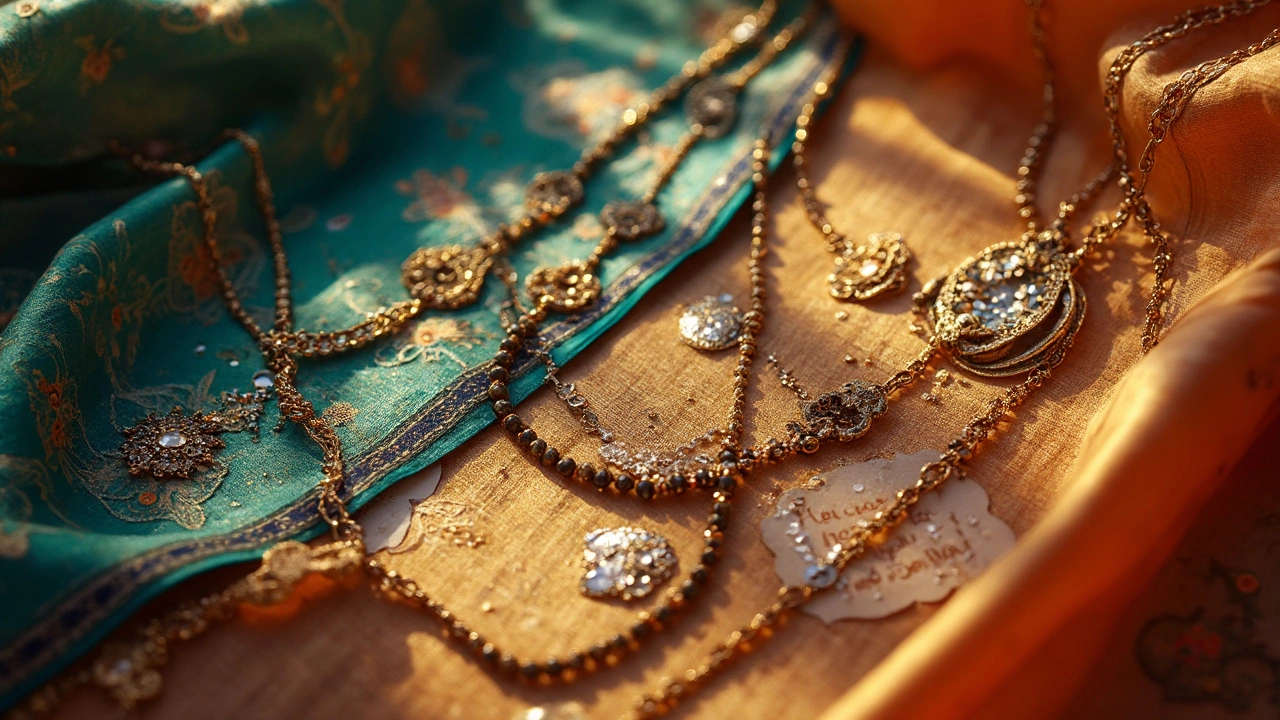
Material, Chain Type, and Comfort
This is where choosing the right mangalsutra really becomes personal. You’ll see mangalsutras in gold, black beads, diamonds, and even platinum. Real talk: gold is still the go-to for most families in India, but that doesn’t mean you have to get the heaviest one. In fact, jewellers now craft lightweight gold mangalsutras that look just as traditional but don’t weigh you down. If you want something a bit different and have the budget, platinum mangalsutras are tougher against scratches and hypoallergenic for sensitive skin. Some modern designs mix gold and diamonds or other precious stones if that’s your vibe.
Now, the chain type makes a big difference. Traditional South Indian mangalsutras often have thick, double chains, while North Indian styles usually go for delicate singles. If you plan to wear your mangalsutra daily, opt for a strong chain like the ‘tanmaniya’ or ‘beads with a box chain’ style, which won’t snap easily. Want something minimal? There are sleek cable and anchor chain options too that sit flat against the skin and don’t get tangled with hair or clothes.
And what about comfort? Here’s the part most people forget: if it’s not comfortable, you’ll probably stop wearing it after your wedding photos. Check the clasp—does it open and close easily? Is the pendant poking your skin or flipping over all the time? Try on different lengths before choosing. Most women go for 16 to 18 inches for daily use, but you can pick what works for your neckline and comfort zone. For really lightweight comfort, check out adjustable chains; these let you switch from long to short depending on what you’re wearing that day.
Quick pro tip: If you have sensitive skin, steer clear of nickel-coated or cheap mixed metals, which can cause irritation. Many busy professionals now go for simple black bead chains with small pendants—you can tuck these under your shirt and almost forget they’re there. It’s all about picking a mangalsutra that feels good for you, not just what looks good on Instagram.
Practical Tips and Shopping Hacks
Let’s make picking your mangalsutra actually helpful, not stressful. Everyone wants the piece to look gorgeous, last long, and just fit into everyday life. Here’s how to get all three without wasting cash or time:
- How to choose a mangalsutra: Start by asking yourself where you’ll wear it most—just weddings and parties, or daily to work and at home? Daily wear calls for lightweight styles and strong chains, like black-bead patterns reinforced with gold or platinum links.
- Set a budget from the get-go. According to a 2024 Tanishq report, most folks spend between ₹20,000 and ₹1.5 lakh on a mangalsutra, but you can get stylish and sturdy options starting from ₹10,000.
- Always check the BIS hallmark for gold or certified purity for diamonds. Skip chains that don’t carry a proper seal—you don’t want to pay premium rates for fake materials.
- Test the chain’s clasp. Mangalsutras are notorious for breaking at the lock. Look for lobster clasps or sturdy screw types, not the flimsy ones you see on some bargain options.
- Try it on with what you actually wear. If it keeps getting stuck in your hair or tops, it’ll drive you mad. Ask to test it in the shop for at least a few minutes. Comfort is non-negotiable.
- Think about pendant size and placement. Smaller pendants look everyday-chic and don’t tangle, while bigger, statement ones work when you’re ready to go all out at events.
- Shop when gold prices are lower. Avoid buying during peak wedding/holiday seasons (like Akshaya Tritiya or big festival days) when prices jump by up to 8%.
Want a quick numbers breakdown to help you spot if you’re getting a fair deal? Here’s a simple comparison of popular mangalsutra types and average price ranges in 2025:
| Type | Chain Material | Average Price (INR) | Best For |
|---|---|---|---|
| Gold Bead | 22k Gold | ₹35,000 - ₹1,50,000 | Traditional look, parties |
| Diamond Pendant | 18k Gold with diamonds | ₹55,000 - ₹3,00,000+ | Special occasions |
| Minimalist/Modern | 14k/18k Gold or Platinum | ₹10,000 - ₹60,000 | Everyday wear |
| Dual Chain (Tanmaniya) | Gold with black beads | ₹25,000 - ₹90,000 | Hybrid use |
Here’s one more trick: big jewelry shops love bundle deals—ask if they’ll throw in free earrings or gold coins, especially close to closing hours. Don’t hesitate to negotiate. You’d be surprised by how many throw in cleaning services or repairs for free if you just ask.
